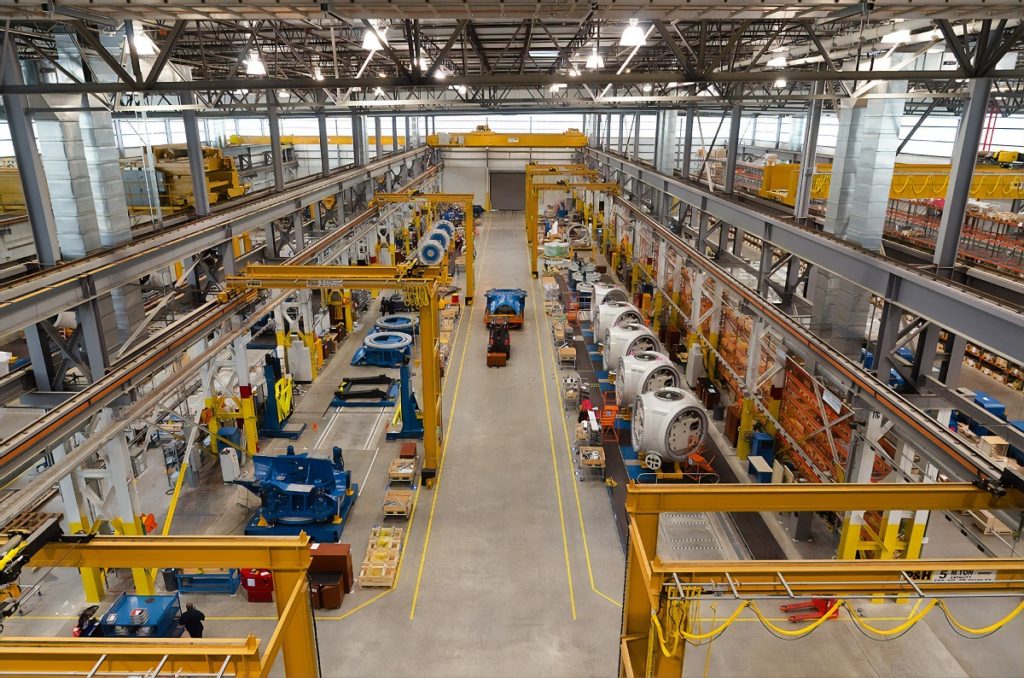Speed plays a crucial role in every manufacturer’s success. Today’s advancements in technology make it look effortless to achieve, but don’t be fooled. Diving into automation and other strategies don’t guarantee your success in this field. It takes a good understanding of your position in the industry, your goals, and your capacities to make any change helpful.
The consequences of failing to do so mean falling behind. Get a headstart in the right direction by taking into consideration these three key aspects of faster production.
Understanding Your Technological Needs
It’s unlikely that you can replace all your machinery in one go. While it’s tempting to avail of the latest equipment at once, this decision can prove more detrimental than beneficial if you don’t make the proper assessments first.
Survey your production flow. Study the factors that affect your workers’ and equipment’s efficiency. This is how you’ll identify what needs better maintenance and what needs replacing. It could be that current demand requires you to buy more CNC mills or that it’s time to switch to a self-priming water pump. Whatever it is, you must commit to making careful decisions in purchasing replacements because the best options are always costly.
Smart technology is an investment worth the money you’ll spend on purchasing the product and training your workforce. The trick is to know what to buy and when to buy it.
Production Workflow
You shouldn’t only keep a critical eye on your workflow before you decide on technological changes. Make it a regular commitment that will allow you to track any improvement in your performance. This helps you recognize the weak points in your production and implement corrective actions.
The problems you face can have nothing to do with equipment but human error. There’s also the possibility that the communication tools you use aren’t as useful as they were before. Map out where your workflow slows down and investigate the reason. It’s through having a dialogue with your team leaders and select workers that you get a better grasp of the problems you need to act on.
Stay Organized

One of the biggest obstacles in production workflow is an organization’s inability to stay organized. Disorder in any department and on any level can have a big impact on your output. This is where investing in training and workshops come in handy.
Effective planning needs research, skills, and coordination. Letting your workforce undergo training will give them the resources they need to accomplish both as separate units and as a whole.
Each department needs to develop a process that works for them. The strategies they come up with will be different, but they have to consider how it affects the rest of the organization. Since all work in manufacturing is interconnected, all strategies must align with one another.
Make a consistent effort to stay organized. This reduces human errors and other possible causes of delays. It might take a handful of trial-and-errors, but you’ll get into the flow of it soon.
Speeding Up to Success
Today’s fast-paced society requires an even faster means to meet its demands. Stay ahead of your competition by investing in solutions that speed up your production performance. It’s a competitive edge that will reap your company plenty of rewards in the future.

